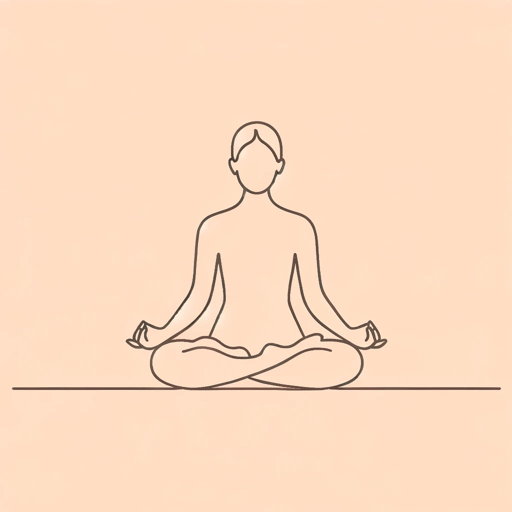66 pages • 2 hours read
Jon Kabat-ZinnFull Catastrophe Living: Using the Wisdom of Your Body and Mind to Face Stress, Pain, and Illness
Nonfiction | Book | Adult | Published in 1990A modern alternative to SparkNotes and CliffsNotes, SuperSummary offers high-quality Study Guides with detailed chapter summaries and analysis of major themes, characters, and more.
Part 5Chapter Summaries & Analyses
Part 5: “The Way of Awareness”
Part 5, Chapter 33 Summary: “New Beginnings”
The author shares updates on each of the patients he introduced in his work, noting that they had all shown some improvement after their eight-week program. He praises his patients for enduring “the loneliness of the long-distance meditator” and understanding that mindfulness requires commitment and discipline (571). He claims that “daily momentum” helps people to continue implementing mindfulness in their lives, which becomes easier over time (574). He urges the reader to experience meditation as a practice and not merely learn about it as a concept.
Part 5, Chapter 34 Summary: “Keeping Up the Formal Practice”
Kabat-Zinn asks the reader to “keep their practice alive” and to continue exploring how they can combine different elements of formal practices to create the best routine for them (575). Practitioners can try different guided meditations if they would prefer variety in their practice. He reminds the reader to not suppress thoughts, or generate more thoughts about them, but to practice observing them without judgment, and letting them go. This aspect of mindfulness is called “radical acceptance,” since instead of judging oneself for one’s thoughts or feelings, practitioners extend self-compassion and accept whatever thoughts arise (578). When people begin to enjoy meditation, they may accidentally create a mental commentary on their practice; the author suggests that this is counter-productive to “non-doing” and asks the reader to practice meditation more than proselytize about it to others.
Related Titles
By Jon Kabat-Zinn


